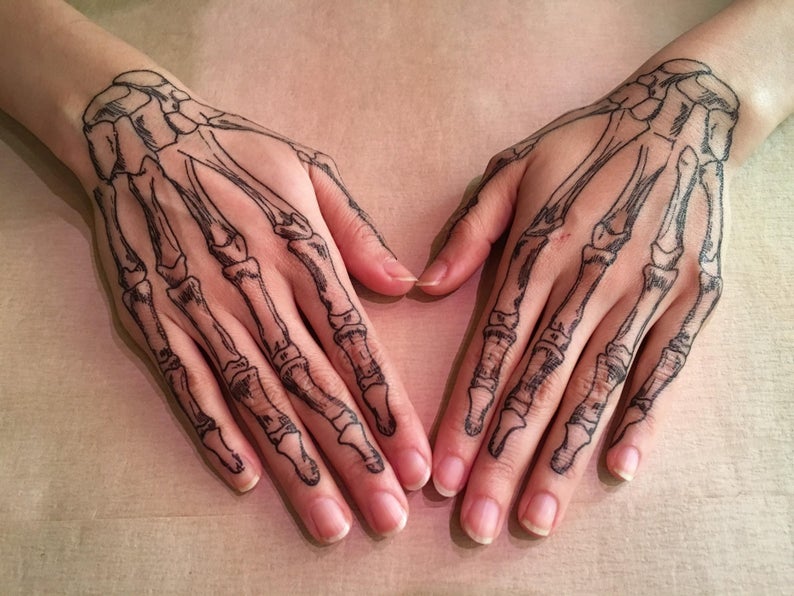In 2008, the number of Internet-enabled things exceeded the population of the planet. The following infographic explains how Cisco envisions the future.

by visually via 
Since “things” refers to more than tablets, smartphones and computers, it should be noted that Sparked, a Dutch startup, employs wireless sensors for monitoring cattle. In case a cow falls ill or gets pregnant, the farmer will receive a message from the sensors. On the same principle, a wireless cardiac monitor has been developed for humans.
Presuming that every device we use in our day to day life, from alarm clocks and cars to the white goods from our kitchen, got connected to the internet and learned to interact with one another, our life would simplify a lot. Either that or there would be chain reactions that render all our things useless. There is also a risk in connecting everything to the Internet. The developers of such a project would have to come with some serious security features in order to discourage evildoers from hacking into someone’s devices.
With bandwidths that keep growing and growing, Cisco estimates that at the end of this year, 20 households will generate more data traffic than the entire Internet generated in 2008. The Planetary Skin is a collaboration between this communications giant and NASA that began in 2009. The project implies monitoring the resources of the planet by placing billions of sensors on land, in the water, air and space. Presumably, these sensors would be networked and would be capable to transmit data between them.
The number of IP addresses that are possible with IPv6 is impressive, but I doubt that the number of atoms “on the face of the Earth” can be estimated. Moreover, if world governments ever decide to turn Internet-enabled chips into reality to track each one of us, we would be one step closer to George Orwell’s “Nineteen Eighty-Four”. The fact that we have cameras and computer chips that are one cubic millimeter is equally a reason to praise technology and to fear what would happen if these are implemented in a bad way.
If you liked this post, please check the infographics about the evolution of long-distance relationships and video chat.










